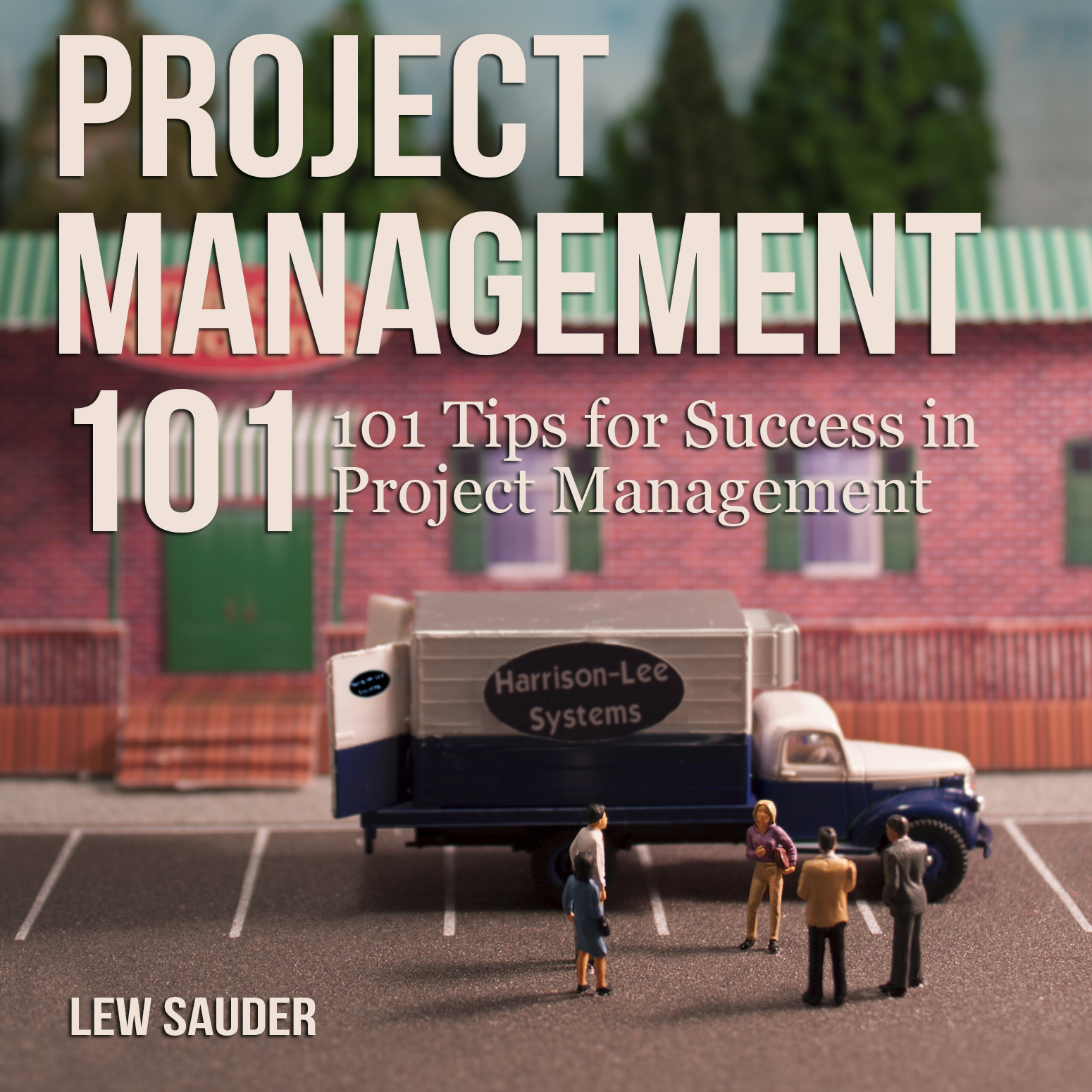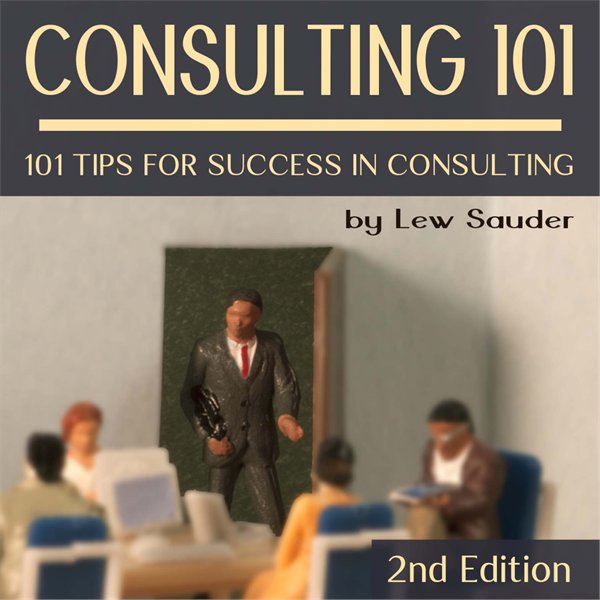“I wish I had more meetings to attend,” said no one ever. It has become a universal law that meetings are bad. They waste time. They rarely accomplish anything. Nobody likes them, but everybody continues to schedule them.
They are a necessary evil. They are a primary form or communication between people in the business world. By following these rules for running meetings, you can be on your way to running more efficient meetings that your coworkers may even look forward to.
Be on time
If you have been invited to someone else’s meeting, promptness is a sign of respect. If you are the meeting organizer, promptness is an even bigger deal.
I try to schedule meetings so that they aren’t back to back. If that can’t be avoided, I’ll leave the prior meeting in time to have everything set up.
Being on time for a meeting may not be enough. If your meeting requires a projector, white board, or any other peripheral equipment, get to the meeting room in time to make sure everything is ready before the meeting starts.
Have an agenda
If you have multiple topics to discuss for your meeting, write the agenda items down. Sending them in the meeting invitation or in a separate email to the attendees will give them a good idea of the purpose and scope of the meeting. It is helpful to show it on the projection screen or the white board during the meeting.
If there is just one single topic of discussion for the meeting, announce it in the invitation. Reiterate it as you introduce the meeting. Providing the purpose and agenda for the meeting increases the chances of the participants staying on topic for the meeting.
Be a good meeting facilitator
One of the primary reasons people dislike meetings as much as they do is that most are poorly run. Often, meetings meander from topic to topic, with people taking the team off course for their own special interests.
A well run meeting relies on someone with strong facilitation skills who will follow some of these basic guidelines:
Introduce the meeting: In addition to providing an agenda, start the meeting on the right foot. After providing a minute or two for people to get situated, get the meeting started. Announce to the team, “The purpose of today’s meeting is…” or “When we close this meeting, we hope to have accomplished the following.”
This transitions everyone from small talk to business. It also sets the scope of the meeting. Anyone who might have been unsure about what the meeting was about is sure to know now.
Keep people on track: When the group is discussing a topic, someone is sure to take the discussion astray. The facilitator is responsible for bringing people back to the topic at hand. This is easier said than done. Sometimes, a side topic needs to be discussed to provide background to the topic. A facilitator must decide when the discussion is valid and when it has gone too far. If it turns out to be too deep of a topic, suggest to the team that it be taken off-line for a separate meeting.
It can be challenging when a superior is the one taking the meeting off track. If you suggest taking a topic off-line and they insist on continuing the conversation, you may not have the control to bring the meeting back on track. It often becomes a matter of knowing when to choose your battles.
Follow the agenda: After providing an agenda to the team, follow those agenda items in order unless there is a good reason to change the sequence. This helps the attendees know the status of the meeting and its progress. This is particularly helpful if they need to speak to one of the agenda items.
Periodically provide time checks. Some agenda items will take longer to discuss than others. So expecting discussion of half of the agenda items to be completed when the meeting is half-over may not be realistic. But reminding people of the time remaining may encourage meeting attendees to stay on topic.
Keep remote people informed: when someone calls into a meeting via conference call while others are face-to-face in a conference room, the remote attendee is at a disadvantage. The facilitator should inform remote attendees when people enter and exit the conference room. The facilitator should also describe any visual activity, such as white board diagrams if video conferencing is not available.
End the meeting when it is over
I once worked with an executive that would keep meeting attendees for as long as the meeting was scheduled. If the discussion in a one-hour meeting ended after 45-minutes, he would discuss other items, whether it be business related or who would win the Super Bowl.
When you multiply the cost of each person’s time by the number of attendees, you will realize that meetings are very expensive. Meetings should be scheduled for as long as you think it will take to meet your objective. Once you have achieved the purpose of the meeting, adjourn it so people can go on to more productive activities.
Document the meeting
For formal meetings where several topics are discussed, meeting minutes should be documented and distributed to all participants and any other individuals that may have an interest. Minutes should not be a word-for-word transcript of the meeting. Instead, they should provide detail on main discussions and any decisions made in the meeting. Action items, their responsible parties, and expected completion dates should also be listed.
For less formal meetings, such as daily or weekly status meetings, it may be more appropriate to send an email to all invitees detailing the decisions and action items.
How efficient are the meetings that you run?
If you would like to learn more about a career in Project Management, get Lew’s book Project Management 101: 101 Tips for Success in Project Management on Amazon.
Please feel free to provide feedback in the comments section below.
Image courtesy of Ambro at FreeDigitalPhotos.net






0 Comments